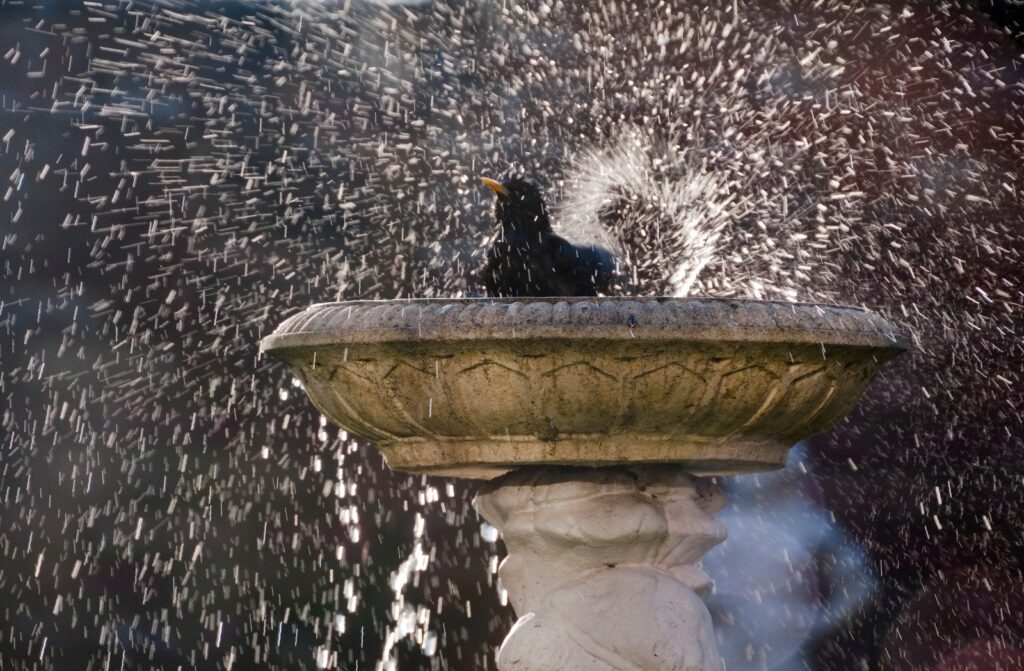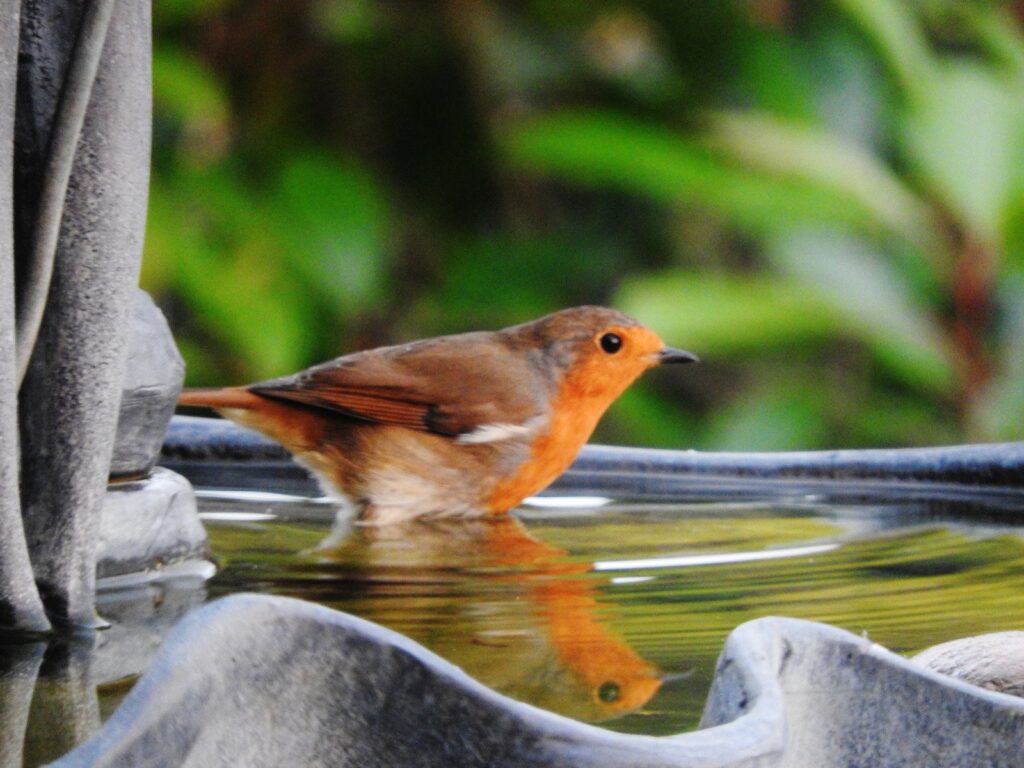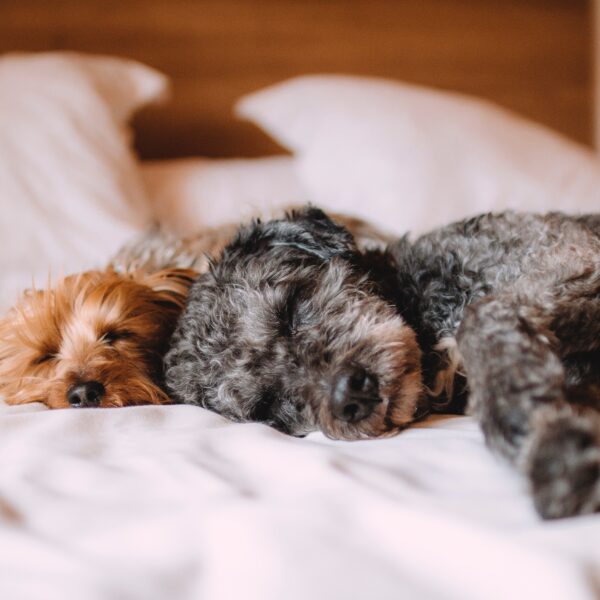…and keep your feathered friends happy.
No doubt you’ve seen birds frolicking around in pools of water, splashing about and fluffing their feathers up! It looks like they’re having a whale of a time, and they probably are, but bathing is also vital to keep their feathers in tip-top condition. Wild birds will really appreciate a bird bath in your garden, but these containers can become unhygienic over time so it’s important to clean them regularly. Here’s what you need to know about bird baths and how to keep them clean.
How do birds keep their feathers clean?
Birds spend lots of time preening, which involves gently nibbling at their feathers to get them into line. You’ve probably seen wild birds performing all sorts of gymnastics to get round all their feathers! Often, birds will have a bath before a preening session to moisten their feathers and help remove dirt and parasites.
Most of our feathered friends like to bathe in water, but some birds such as sparrows also take dust baths. These bird sand baths help them deal with parasites as well as removing dry skin and excess oil.
If you want to encourage birds to your garden, a great way of doing this is to provide a bird bath full of water to help them look after their feathers. It’s always entertaining to watch them splash around, and if you give them somewhere to perch nearby, you can also see them preen afterwards.

Setting up a bird bath in your garden
When you’re choosing a bird bath, the first thing to think about is safety. It’s important that the birds themselves and any other animals who fall in are able to get out, so it’s best to get one with shallow sides that gently slope. The surface should also be slightly rough so it’s easy to climb out. A bird bath can add a bit of interest to your garden, and some designs are really fun – you can even get them in the shape of flowers!
Once you’ve chosen your bird bath, the next question is where to put it. Birds can be vulnerable to predators when bathing, so it’s best to put the bath somewhere where they can see around in all directions. It’s also useful to have some trees or bushes that they can use for cover relatively close by, but take care that cats can’t use the same cover to hide for a surprise pounce!

How to clean a bird bath
Unlike a natural stream or pond, the water in your bird bath won’t be freshened by flowing or by water plants and animals. This means it can easily become stagnant with a buildup of leaves, algae, feathers and bird droppings. Unfortunately, birds can catch all sorts of diseases from contaminated water, so it’s important to keep your bird bath clean.
The best way to clean it out is by removing the old water and then using a scrubbing brush to clean the sides. If you’ve got a high-pressure garden hose, this can also help to loosen the dirt, provided your bird bath isn’t made of delicate material.
Once you’ve removed the excess dirt, you can clean the bath with disinfectant. Be careful about this though, as some products can be harmful to birds. It’s best to use one that’s specially formulated to be used as a bird bath or bird cage disinfectant. Always make sure you rinse any cleaning products out thoroughly before letting birds approach the bath again.
As well as providing water for your feathered friends, it’s great to offer them some food too! Check out our guide on what birds eat in order to pick up some tips on the tasty foods birds love.
Love a good freebie? Sign up below to be the first to know about our great pet offers…


